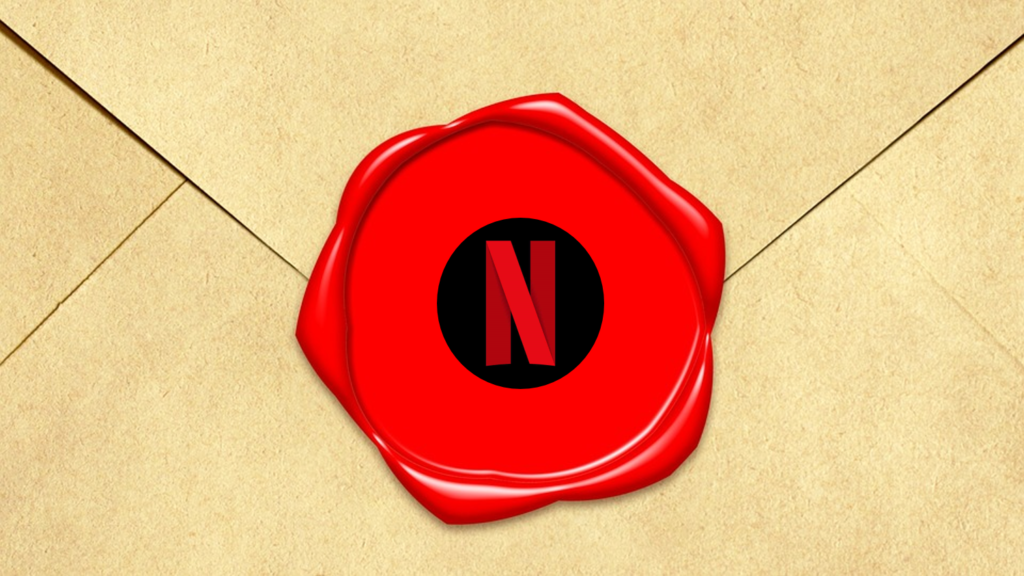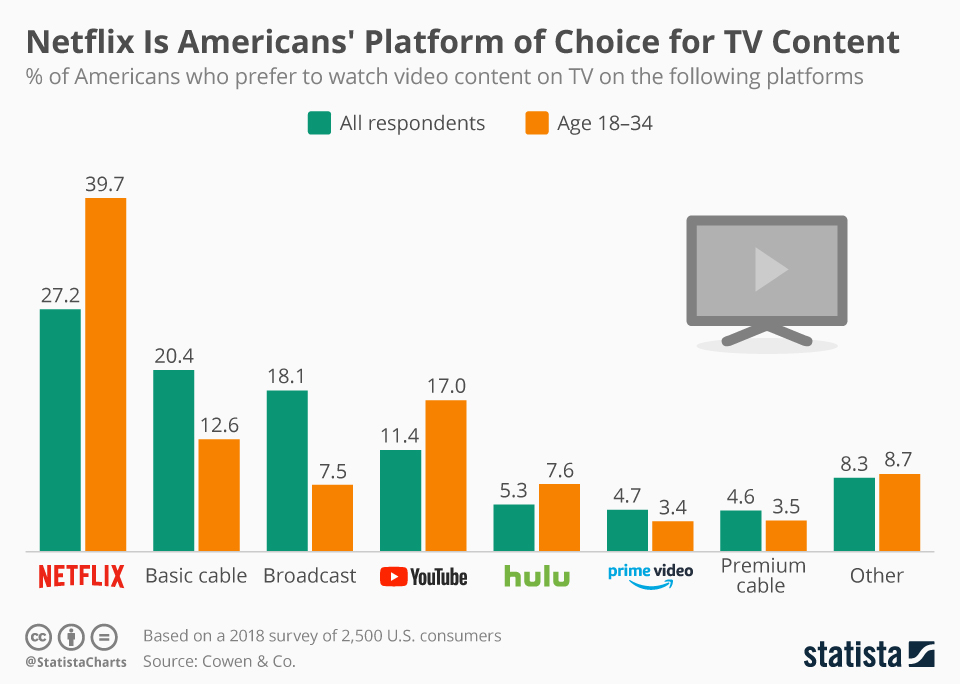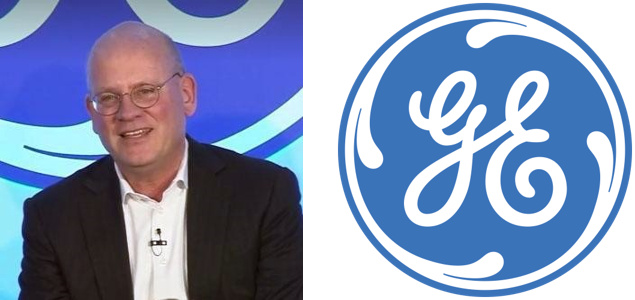
OK, forget about the fact that Netflix has spent $30 billion in content over the past 5 years – more than one-third of it in the last year. And ignore the annoucement yesterday that Bruce Springsteen‘s smashing Broadway show will be a featured Netflix special in December.
The most stunning piece of data I've seen about the ascension of Netflix – a content and distribution tsunami that has forever disrupted broadcast television – comes from a new research study conducted by Cowen & Company.
Here's the question they put to 2,500 U.S. consumers:
“Which platforms do you use most often to view video content on TV?”
And here's the results, thanks to Statista:

Perhaps the most striking thing about this data isn't just the lead Netflix has over basic cable and broadcast TV; it's their even greater strength among 18-34 year-olds where Netflix holds better than a 2:1 edge over the popular YouTube, and a 5:1 advantage over broadcast television.
Analysts are especially impresssed by Netflix's advantage among young consumers. Looking at the industry beyond Q3 forecasting, Netflix is well-positioned not just in 2018, but well into the future as a dominant media brand.
And you have to wonder, how a similar question asked of a large group of Americans about their preferred “radio” content source would turn out . We know more people listen to broadcast radio than any other source in an average week. But would the medium walk away with the golden statuette as the favorite audio content platform?
Netflix, along with streaming video platforms like Hulu, YouTube, and Amazon Prime Video feature a different business model than basic cable and broadcast television. It is much the same in radio, where Pandora, Spotify, and SiriusXM operate on a different business calculus than commercial radio. (In many ways, public radio more closely resembles Netflix, SiriusXM, and Spotify with its subscription membership model.)
Traditional platforms and brands have learned important lessons about the new rules of competing over the past decade. Recently, the CEO  and Chairman of GE, John Flannery, sat down with LinkedIn's Editor In Chief,Daniel Roth, for an interview.
and Chairman of GE, John Flannery, sat down with LinkedIn's Editor In Chief,Daniel Roth, for an interview.
Flannery discussed the challenge of remaking a storied corporation like GE into a competitive company against the likes of Amazon, Apple, and other global players.
Under Flannery's watch, GE has experienced “shrinkage” – both in revenue and in head count as part of its effort to remake itself. And with that comes a change in philosophy.
As Flannery told LinkedIn, he “inverted” GE, moving decision-making to the divisions, rather than it constantly coming top-down, back in the days when celebrity CEOs like Jack Welch ran the company from headquarters.
But the even bigger shift was becoming customer-focused. The most successful disruptors – like Netflix – have drilled down to serving their audiences with programming, features, and technology that please them.
As Flannery told Roth, “The essence (now) is: What does the customer want? What's the customer experience? We've been a hardcore engineering and product-centered company. And that's essential. We compete on technology in many ways. But that's not sufficient.”
Flannery describes it as “a B2B playbook inside one of the most B2B companies.”
In reality, radio is B2B (with advertisers) and B2C (with audiences) – but a customer focus on both has become paramount if the medium is to survive and thrive with both its programming and its profitability.
As John Flannery has learned during his 31 years with GE, it's no longer just about content and revenue – it's about the experience. He has spent the last few years asking the tough questions, and listening to even tougher answers.
Despite the difficulty of transforming an old-line company, Flannery says the good news is that most GE employees are ready for the change. Like in radio (and at most TV operations), the staff wants to make the turn.
 “I don't have a lot of people coming up to me and saying, ‘Listen, I want to just stay exactly where we were.' It's a call for change. It's a reminder that you can be 30 years-old, 130 years-old, or 530 years-old. You've got to run as fast as everybody else in the marketplace or else you get run over.”
“I don't have a lot of people coming up to me and saying, ‘Listen, I want to just stay exactly where we were.' It's a call for change. It's a reminder that you can be 30 years-old, 130 years-old, or 530 years-old. You've got to run as fast as everybody else in the marketplace or else you get run over.”
Grab your running shoes.
- Onward Christian Radio - April 24, 2024
- Three Stories From The Techsurvey Trenches - April 23, 2024
- Today's Song Lyrics: Getting Dumb And Dumber? - April 22, 2024





Leave a Reply